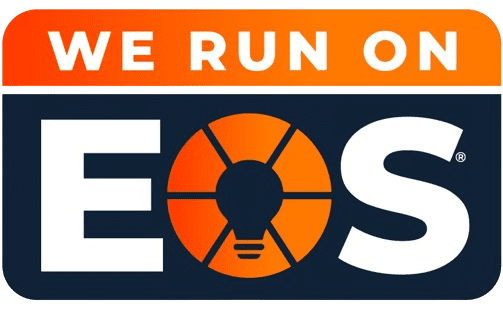
The Omnia Insights #2
👉 The Power of Coaching, Conflict Resolution, Beyond Traditional Assessments
In a highly competitive and unpredictable world, your people are your greatest asset. How?
Because there’s one common thread to every successful business: engaged, high-performing employees.
A McKinsey report says when employees find greater intrinsic motivation, they are 32% more committed to their work and 46% more satisfied with their jobs. Investing in an employee coaching program shows that you appreciate them. Put simply, someone who’s a better salesperson will close more sales for you, and someone who’s appreciated will make clients feel the same way.
In today’s challenging business environment, where teams must constantly address unexpected challenges, the case for coaching is stronger than ever. We are passionate about people and we believe every business is a people business and must take a unique, scientific approach to hiring, development and retention.
In this issue, we offer businesses nine (9) steps to develop an effective employee coaching plan and six (6) ways to help a non-leader lead. Our behavioral and cognitive assessment tools further serve the purpose – determining if a candidate will be set up to flourish or fail in a role as well as offer insights that businesses can continue to use for development and retention. This month, we also hosted an interactive Q&A webinar, where we brought together our coaches to answer all the questions from the coaches!
These are all the interesting developments from our side. Stay tuned for more exciting things until next time. See ya!

9 Steps to Effective Employee Coaching
Every organization wants effective, engaged employees. In fact, employees want to feel engaged and effective in their workplace. How does one keep employees engaged and identify and address issues before they become real problems? Here are nine steps to help you develop an effective employee coaching plan.
Six Ways to Help a Non-leader lead
Let’s face it, sometimes people end up in a management position who might not belong in one. It happens for a variety of reasons. Fortunately, not all is lost. There are some things you can do to help a non-leader lead! See how.
Know Your Team to Lead Your Team
As a leader, you are expected to unlock your people’s potential and guide them towards success. Getting to know your team on a deep level can take years of discussion and observation. But, it doesn’t have to work that way. You can learn all you need to know quickly by using a behavioral assessment and put together a training program to guide them.
It’s not only about hiring a right manager, what happens if people are promoted or placed in positions where they manage others, but aren’t great leaders? Most often, bad managers can come deceivingly packaged as good ones. They may display what looks like desirable traits — a friendly disposition, authoritative stance, accommodating attitude, and desire to succeed — but none of these ensure management strategies that will be beneficial to a specific team. Read about the four mistakes every bad manager makes.
Takeaway Tuesdays
Topic: Creating a Unified Team with Conflict Resolution
Tuesday, July 07, 2020 – 12:30 PM (ET)
Register now for this free interactive webinar
Ask the Experts: Coaching the Coaches
Watch the recording of our Q&A session for answers to questions such as:
👥 How can I be an effective ONLINE mentor?
😇 How do I deal with combative employees while acknowledging we’re all under stress?
📊 What column on the Omnia report would you consider a “deal breaker”?
✊ What are the best ways for me, the leader, to manage different personalities among my team? And, many more.
Thanks for reading this far. Please stay safe and stay connected with us on social media. We’ll be back next month.
Never miss another issue!
Want our monthly newsletter delivered directly to your inbox? Sign up today!

















